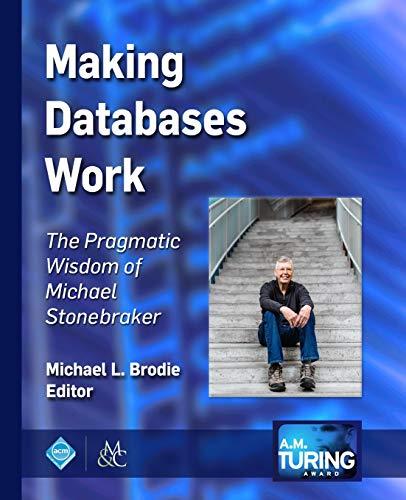An email address identifies an email box to which messages are delivered. Every email address consists of 3 elements: local-part, @ symbol (pronounced as at),
An email address identifies an email box to which messages are delivered. Every email address consists of 3 elements: local-part, @ symbol (pronounced as at), and domain name. The local-part is placed before the @ symbol, and the domain name is placed after the @ symbol. For example, in the email johndoe@company.com, johndoe is the local-part, and company.com is the domain. Emails are invalid without these elements. The local-part or username contains:
a. uppercase and lowercase Latin letters (A-Z, a-z);
b. numeric values (from 0 to 9);
c. special characters, such as # ! % $ & + * / = ? ^ _`. { | } ~
i. The period character (.) is valid for the local-part unless it is placed at the beginning or end of an email address. There also cant be two or more periods in a row
A domain name consists of one or more parts separated by a dot and can contain:
a. uppercase and lowercase Latin letters (A-Z, a-z);
b. numeric values (from 0 to 9);
c. a hyphen (-), on condition that it is not placed at the beginning or end of the domain
1. (9 points) Create a regular expression, DFA, and Regular Grammar for the local-part of the email address.
2. (9 points) Create a regular expression, DFA, and Regular Grammar for the domain of the email address.
3. (2 points) Create a NFA for an email address.
Step by Step Solution
There are 3 Steps involved in it
Step: 1

See step-by-step solutions with expert insights and AI powered tools for academic success
Step: 2

Step: 3

Ace Your Homework with AI
Get the answers you need in no time with our AI-driven, step-by-step assistance
Get Started


